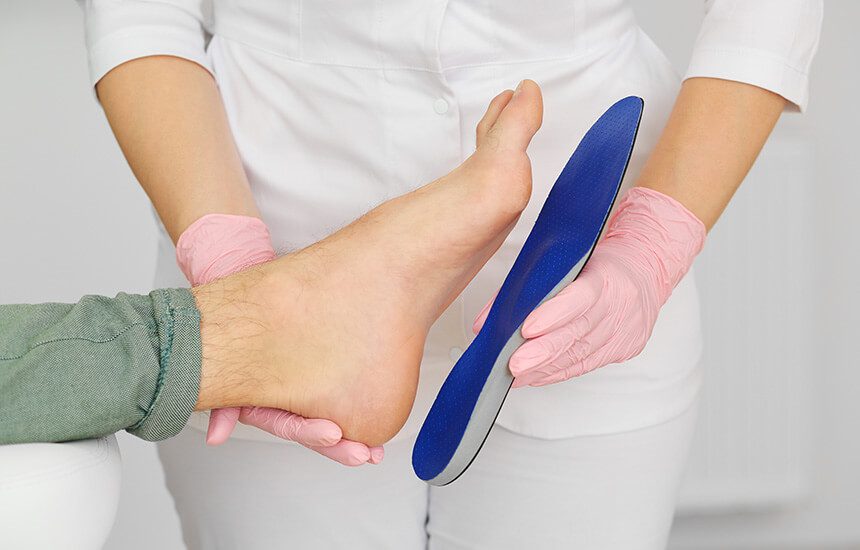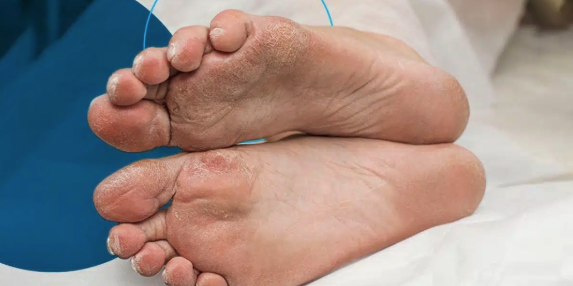Orthotics are custom or over-the-counter inserts worn inside shoes to support the feet and improve alignment. They help correct structural issues, redistribute pressure, and relieve discomfort associated with walking, standing, or specific conditions like plantar fasciitis or flat feet. Many people turn to orthotics when dealing with foot pain, lower back issues, or imbalances caused by posture or gait. With several types available, selecting the right one depends on individual needs, activities, and medical recommendations. Knowing how orthotics function is the first step toward finding relief and support.
Should You Choose Custom or Over-the-Counter Orthotics?
Orthotics fall into two primary categories: custom-made and over-the-counter (OTC). Custom orthotics are crafted from a mold or scan of your foot and are designed to match your specific structure and concerns. They are typically recommended for people with chronic foot conditions, structural abnormalities, or biomechanical issues. OTC orthotics, on the other hand, offer general support and are widely available in pharmacies or athletic stores.
While custom orthotics tend to be more durable and precise, OTC options can still offer meaningful support for mild issues or short-term use. They’re often more affordable and convenient, especially when used for general arch support or added comfort. In many cases, a healthcare provider can help guide the decision based on severity and lifestyle.
What Are the Main Types of Orthotics?
Orthotics are also categorized based on their function—accommodative or functional. Accommodative orthotics are softer and designed to provide cushioning, often used by people with diabetes or arthritis to reduce pressure on sensitive areas. Functional orthotics are more rigid and aim to control abnormal motion or correct alignment problems. The materials used vary as well—some orthotics are made with foam or gel for extra comfort, while others are crafted from hard plastic or carbon fiber to provide structure and control. The right option depends on the user’s daily demands, such as whether they are walking, running, or standing for long periods. A well-fitted orthotic can make everyday movements feel smoother and more stable.
Do You Need Orthotics for Specific Activities?
Many are designed with specific activities in mind. Athletic orthotics, for example, offer shock absorption and support tailored to sports movements like running, jumping, or lateral motion. These inserts help reduce the risk of overuse injuries and can enhance performance by promoting proper alignment during high-impact exercise.
Work-specific ones are another option, ideal for people who spend long hours on their feet, such as nurses, teachers, or warehouse employees. These inserts can relieve fatigue and reduce the chance of foot strain during long shifts. Whether you’re active or on your feet for work, selecting the right type of support can make a noticeable difference.
If you experience persistent discomfort, it may be time to speak with a podiatrist or physical therapist. These professionals can evaluate your gait, foot shape, and movement to recommend a suitable type of orthotic. Some providers use 3D scanning or pressure mapping to get an accurate assessment.
Talk to a Specialist
Even small changes in foot mechanics can affect balance, posture, and joint stress. A personalized approach helps match the right orthotic to your daily habits and physical needs. With proper fit and design, orthotics can help you move with more ease and less strain.
- crypto30x com zeus Review: Is It the Best Platform for U.S. Crypto Traders in 2025?
- Super Scatter Juara100.org Medal: The Ultimate Guide to Winning Big in Online Gaming
- Ziuqyazhmizz: Ancient Slavic Practice Explained – Meaning, Benefits & Daily Life Guide
- Zaxtexporoz: A Simple Guide to Xcer Tools, Digital Trends, and Smart Solutions
- Casîo: A Symbol of Innovation, Durability, and Global Trust




